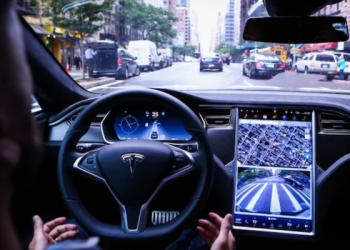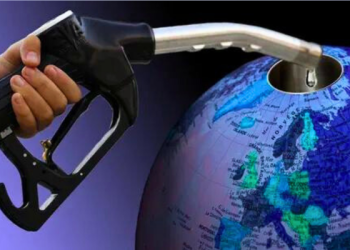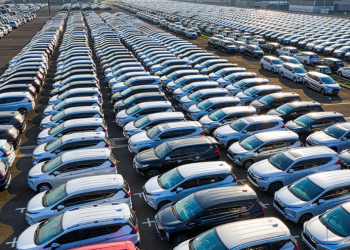The International Energy Agency (IEA) forecasted a significant rise in electric car sales for 2024, reaching 17 million units compared to 14 million in 2023, despite economic challenges in certain markets. The IEA stated that while the industry is poised for growth, affordability and the expansion of charging infrastructure will be critical factors for sustained development.
According to the IEA’s Global Electric Vehicle Outlook, over one in five cars sold globally will be electric this year, impacting oil demand for road transport and China is expected to lead the way with ten million electric vehicle (EV) sales.
Furthermore, the IEA acknowledged concerns over tight margins, fluctuating battery metal prices, inflation, and the reduction of purchase incentives in some countries. However, global sales data remained robust, with first-quarter sales in 2024 up by 25% compared to the same period last year.
While the growth rate matches that of 2023, it is significant due to the larger base of electric vehicles. The IEA noted that first-quarter purchases in 2024 equaled total sales for the entire year of 2020.
Despite these positive trends, the share of electric cars in total purchases will vary by region. In the United States, electric cars are expected to represent one in nine vehicle purchases, while in Europe, the figure is projected to be one in four. China, on the other hand, is anticipated to see nearly half of all vehicle purchases being electric.
The growth in Europe is being hindered by weak projections for passenger car sales and the reduction of subsidies in some countries, according to the IEA. Affordability remains a crucial factor for growth, with prices varying widely across regions. In China, almost two-thirds of electric cars sold last year were cheaper than their traditional counterparts, while internal combustion cars remain more affordable in Europe and the United States.
The IEA’s report also highlighted that electric cars are becoming more affordable as battery prices decline and competition among carmakers increases. However, “prices have stagnated or slightly risen between 2018 and 2022 in some cases, adjusting for inflation,” IEA said.
Similarly, the body emphasised the need for a significant expansion of charging infrastructure to meet the growing demand, stating that “charging networks must grow six-fold by 2035 to keep pace with the increasing number of electric vehicles on the road.”
Read more on From smart phones to fast cars: How Xiaomi fulfilled Apple’s electric vehicle dreams









![An Airbus A320neo takes off for its first test flight [File AP]](https://autojournal.africa/wp-content/uploads/2025/12/An-Airbus-A320neo-takes-off-for-its-first-test-flight-File-AP-350x250.png)











